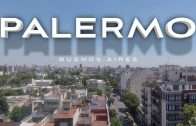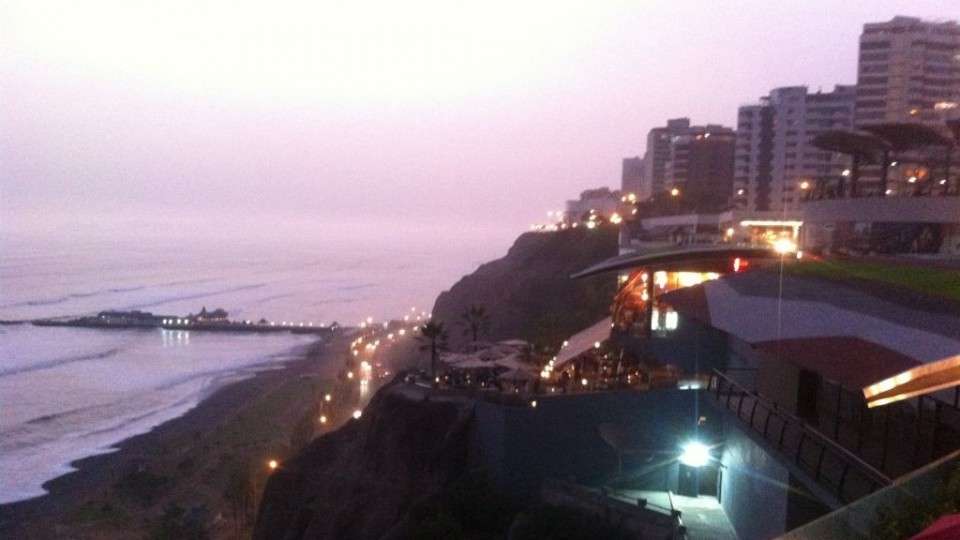A walk in Palermo | BUENOS AIRES
The largest neighbourhood in Buenos Aires, Palermo is a barrio of the Argentine capital, located in the northeast of the city.
The name of the district is derived from the still-existing Franciscan abbey of “Saint Benedict of Palermo”, the capital city of Sicily. An alternative history of the name, a folk story supported by journalists, the land would have been originally purchased by an Italian immigrant named Juan Domingo Palermo in the late 16th century, shortly after the foundation of Buenos Aires in 1580. Juan Manuel de Rosas built a country residence there which was confiscated after his fall in 1852.
The area grew rapidly during the last third of the 19th century and particularly during the presidency of Domingo Faustino Sarmiento, responsible for the creation of the Buenos Aires Zoological Garden and the Parque Tres de Febrero in 1874, and Plaza Italia and the Palermo Race Track in 1876, all on the grounds of what had been Rosas’ pleasure villa. During the 20th century, the Buenos Aires Botanical Gardens (1902), Jorge Newbery Airport (1948), the water purification plant, several sports clubs, the Galileo Galilei planetarium (1966), and the Buenos Aires Japanese Gardens (1967) were developed.
Although appearing as one big swath on the official map, Palermo can be subdivided into several contrasting and acutely individual parts.
Palermo Chico and Barrio Parque, the most upmarket part of Palermo, “Palermo Chico” (“Small” or “Exclusive” Palermo), is on Palermo’s north-eastern edge. Neighbouring “Barrio Parque” is strictly a residential area, many of the wealthy and famous own homes in this section. The area remains one of the wealthiest in the city, home to luxury condominiums and apartment developments.
Palermo Norte, Alto Palermo and Villa Freud are downtown Palermo, the main shopping area and transport hub around Santa Fe Avenue. Centred on Las Heras Park and the Alto Palermo Shopping Center, this section is the easternmost edge of Palermo and borders the Recoleta section known as Barrio Norte. Villa Freud, based around Plaza Güemes, is a residential area known for its high concentration of psychoanalysts and psychiatrists, hence its name.
Palermo Nuevo and Palermo Zoológico centred on the Monument to the Four Regions of Argentina; raised by the Spanish community in 1910, this landmark is commonly called the “Spanish Monument”. The Buenos Aires Zoo, the Buenos Aires Botanical Gardens, La Rural expo grounds, the U.S. Embassy and Ambassador’s Residence, the Buenos Aires Japanese Gardens, and Parque Tres de Febrero (commonly known as Bosques de Palermo, or “Palermo Woods”) are located in this area. The Palermo Woods is the largest green area in the city of Buenos Aires and itself includes landmarks such as the Rose Garden, the Eduardo Sívori Museum, and the Galileo Galilei Planetarium.
Las Cañitas and La Imprenta, further northwest along Libertador, was a tenement district early in the twentieth century; but it has since become an upmarket area of high-rises, restaurants and bars.
Palermo Viejo (Old Palermo) is, as its name implies, the oldest part. The neighbourhood is centred on Plaza Palermo Viejo and reflects an older Spanish Colonial Revival style in architecture, often “recycled” with modern elements. Such well-known figures as Jorge Luis Borges and Che Guevara once lived in this ward and indeed Borges first wrote poetry in the then-quiet barrio. It was historically a residential area, popular with immigrant communities from Poland, Armenia, Ukraine, and Lebanon; as well as old Spanish and Italian families, whose traditions are reflected in local restaurants, churches, schools and cultural centres.
Palermo Soho is a small area of Palermo Viejo around Plaza Serrano near Palermo’s southwestern edge. It is a newly fashionable area for fashion, design, restaurants, bars and street culture. The atmosphere in many cafés and restaurants strives to be “alternative”, making this area of the city especially popular with young, upper-middle-class Argentines and foreign tourists. The traditional low houses have been adapted into boutiques and bars, creating a bohemian feel.
Palermo Hollywood, in the mid-nineties several TV and Radio producers installed themselves in the area between Córdoba, Santa Fe, Dorrego and Juan B. Justo Avenues in Palermo Viejo. For that reason, this part of the neighbourhood began to be called “Palermo Hollywood“. Presently, it’s best known for the concentration of restaurants, clubs, cafés, and an active nightlife.












